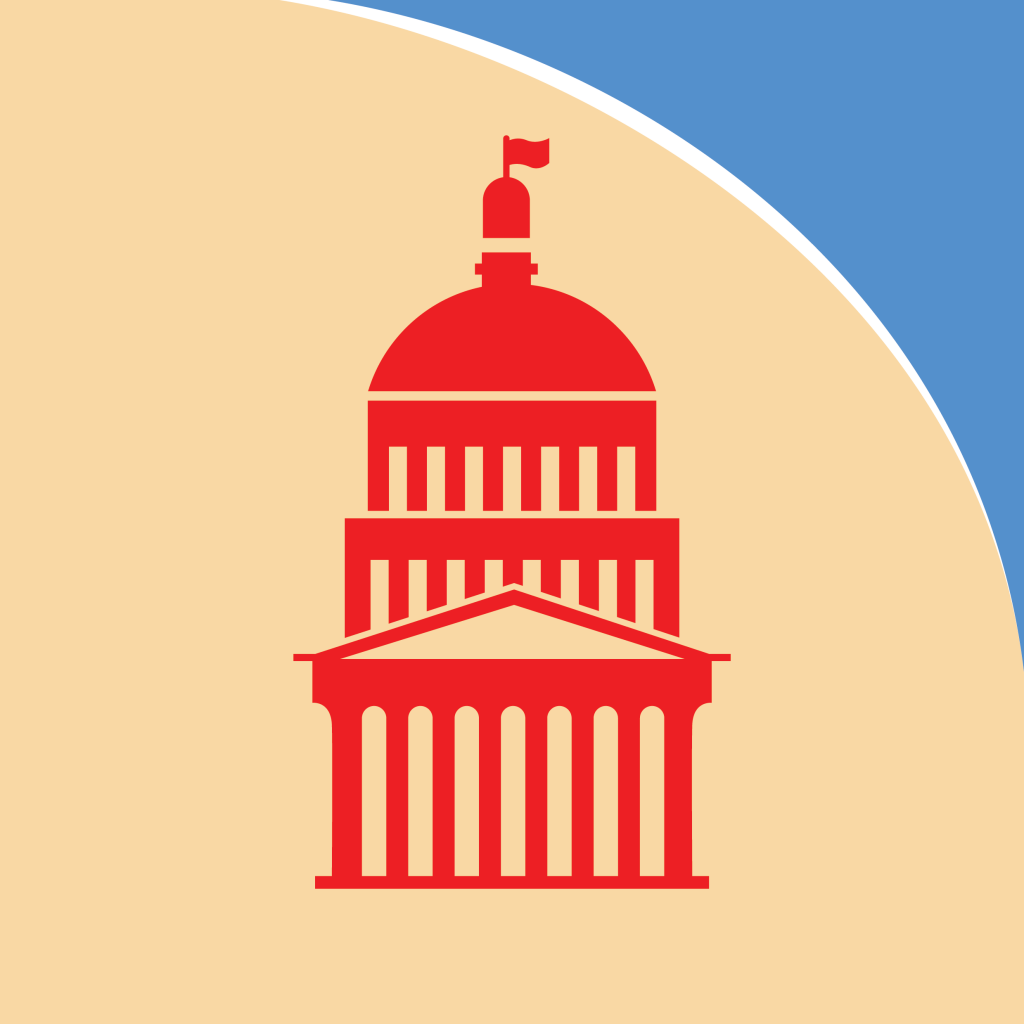Checks and Balances Facts
The United States Constitution divided the nation’s government into three separate branches.
These three branches are known as the legislative, executive, and judicial branches.
Each branch has its own important role.

The legislative branch (Congress-House + Senate) makes laws, the executive branch (president, vice president, and cabinet) enforces and administers laws; and the judicial branch (Supreme Court) interprets laws.
The Constitution also created a system called “checks and balances” to make sure that no branch could become too powerful or controlling. Every branch can limit the power of the other branches as needed.
Let’s look at the “checks” that can be used on each of the branches.
Legislative Branch Checks
The legislative branch is made up of the House and Senate, which are collectively called Congress. Congress proposes and passes laws.
But this doesn’t mean that Congress has the power to pass any law they want.
The president, who is part of the executive branch, can check the legislative branch by vetoing a bill. Vetoing a bill basically means saying “no” in response to a bill that Congress is trying to pass.
If the president vetoes a bill, it returns to Congress. There, it must be passed by a two-thirds majority to become an official law.
In addition, the vice president is considered the president of the Senate. If a vote is tied in the Senate, the vice president gets to be the tiebreaker and cast the deciding vote.
The Supreme Court, who represents the judicial branch, can also check Congress. They may declare that a law passed by Congress is unconstitutional.
Executive Branch Checks
The executive branch enforces laws and consists of the president, vice president, and the president’s cabinet.
Although the president is seen as extremely powerful, even he or she can’t do whatever they want.
One way Congress (the legislative branch) can check the president is through “advice and consent.” The president may appoint government officials, but Congress must approve or disapprove.
Congress also has the power to impeach the president, voting to have the president removed from office if he or she is not doing the job fairly and effectively.
If the House votes for the president to be impeached, the Chief Justice of the Supreme Court presides over a trial in the Senate to see whether the president should be removed from office.
The president can make Executive Orders. These are declarations that carry the power of law.
To prevent the president from abusing this power, the judicial branch (Supreme Court) can declare these orders unconstitutional.
Judicial Branch Checks
The judicial branch, which consists of the Supreme Court, interprets laws according to the United States Constitution.
The president and Congress (executive and legislative branches) “check” the judicial branch through appointments.
The president nominates individuals to serve on the Supreme Court, and Congress must approve these nominations.
Congress also has the power to impeach judges and remove them from office. Judges are impeached much more frequently than presidents.
This carefully structured balance of power ensures that no individual or branch has too much power within the United States government.
Fun Facts About Checks and Balances
Two presidents have been impeached in U.S. history: Andrew Johnson and Bill Clinton. However, neither were removed from office. Richard Nixon resigned to avoid impeachment.
The Tenth Amendment to the Constitution says that the United States government only has the powers that are stated in the Constitution.
Any powers that aren’t mentioned belong to the states and the people. In this way, the Constitution allows states and individuals to keep the federal government in check.
President George Washington used the first veto on April 5, 1792.
Congress first successfully overrode a presidential veto (in this case, President John Tyler’s) on March 3, 1845.
As of July 2019, there have been 2579 presidential vetoes in U.S. history. Only 111 of these have been overridden by Congress.










